Green manures hold the key to healthy soil, bumper crops and winter protection – here's why you should sow them now
They're a must if you want your garden to thrive next year
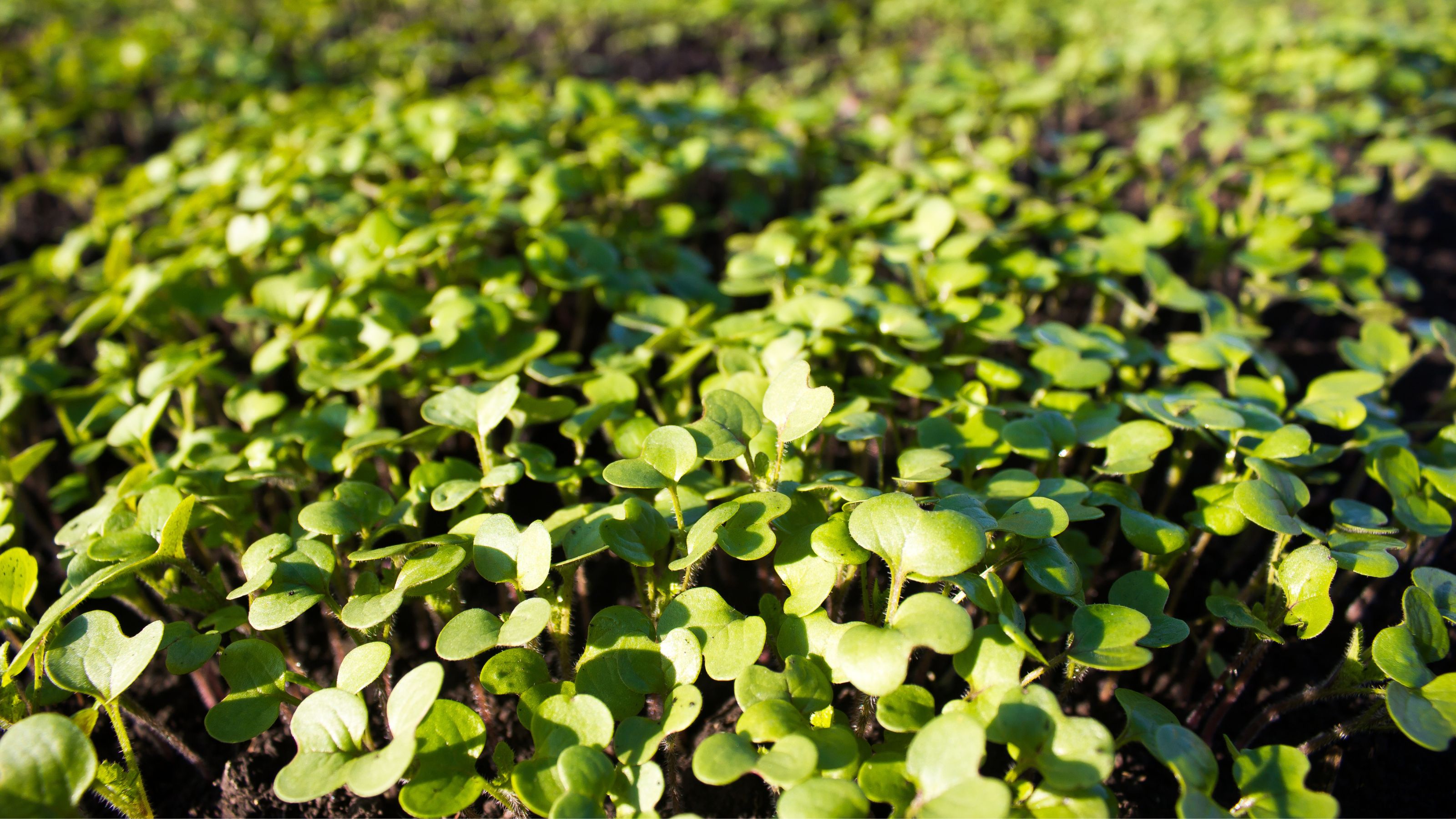

What are green manures?
They’re not just another piece of garden jargon – if you’re wondering what to plant in empty garden beds in autumn, you’ll want these superhero plants on your radar. They’re brilliant soil improvers, and they offer a host of other benefits in the garden, too.
To find out what green manures are, what they do, and the best time to sow them, I checked in with a few garden experts.
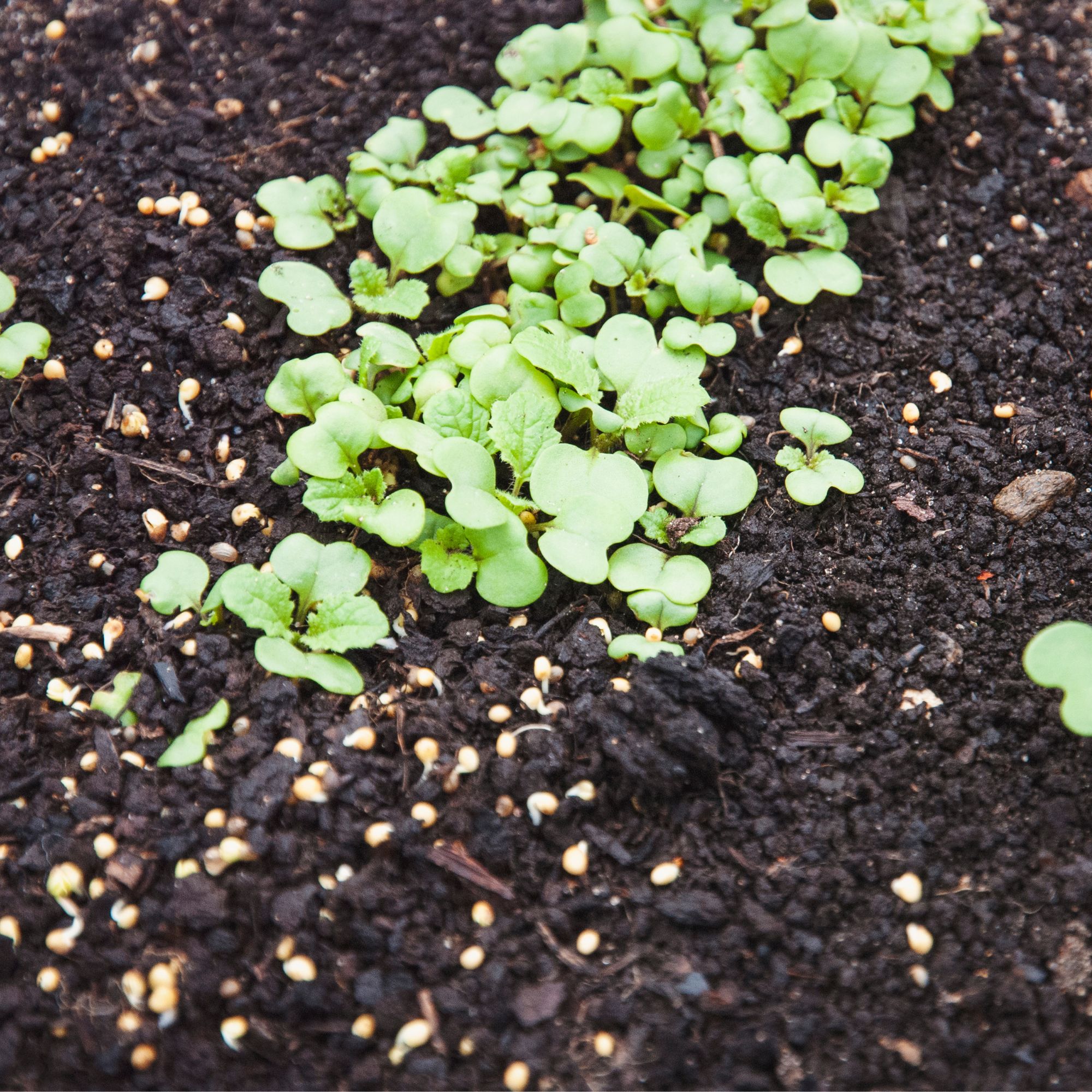
In short, green manures are, well, the green version of regular manure: they’re plants that act as soil improvers, enriching the soil with nutrients after they’re dug back into the earth.
That’s not all green manures are good for, though – they can transform the structure of your soil, too.
‘Green manures are rapidly growing plants, mainly consisting of legumes and other annuals or short-lived perennials,' explains Dan Durston, owner of independent family soil and compost business, Durston Garden Products. ‘Many of these have deep or fibrous root systems that help improve soil structure and prevent erosion.’
That structure improvement Dan is referring to applies especially to heavier soils – green manures can help improve clay soil, for example.
Sign up to our newsletter for style inspiration, real homes, project and garden advice and shopping know-how
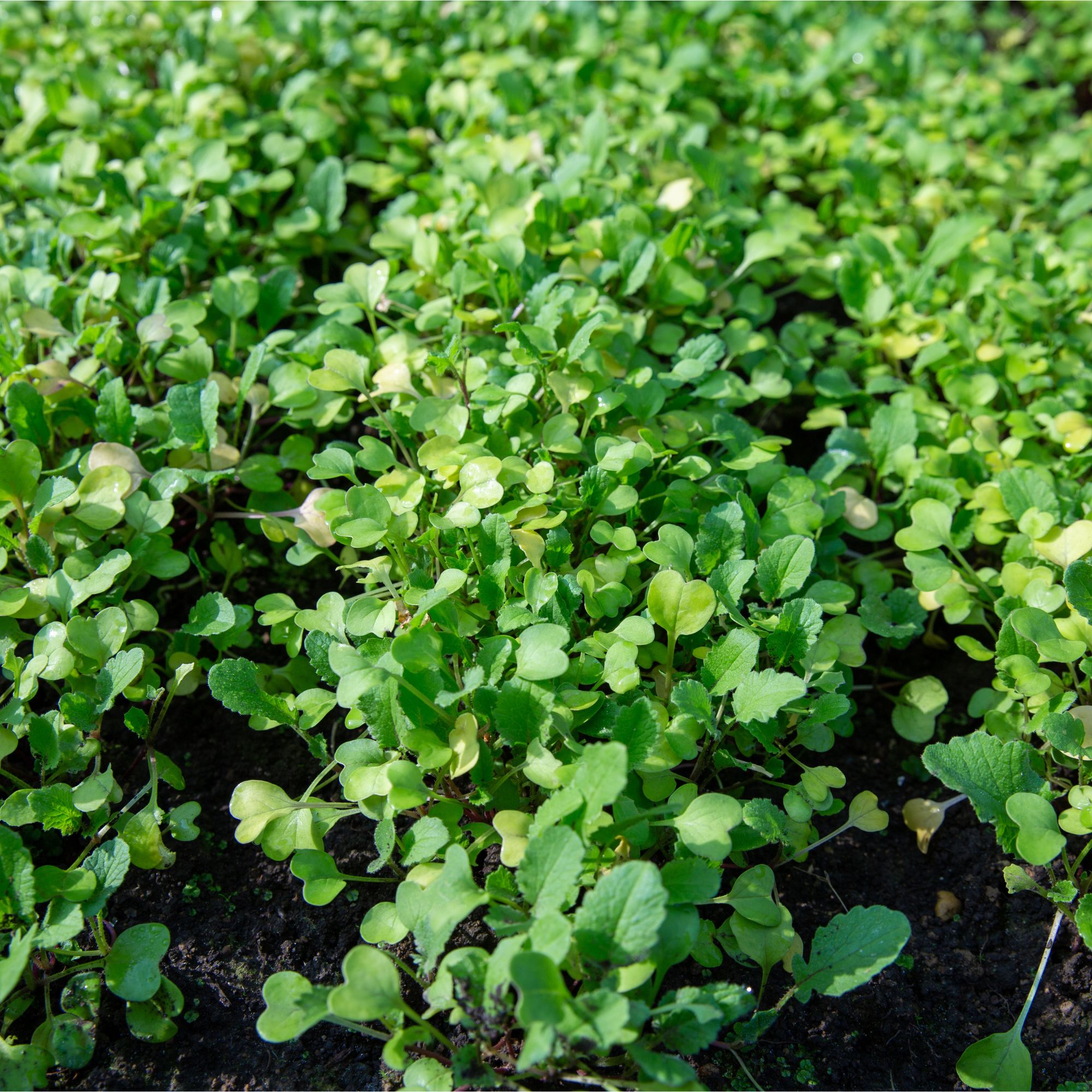
Green manures are key players when it comes to getting your garden ready for winter, too, because they provide a layer of protection from the colder weather.
I always found it difficult to distinguish between green manures and cover crops, and as it turns out, they have very similar roles – but there is a slight difference.
‘They are essentially the same thing, but green manures are traditionally dug into the bed, while cover crops are cut and removed,’ explains Felicity Roos, the National Trust's national consultant for soil.
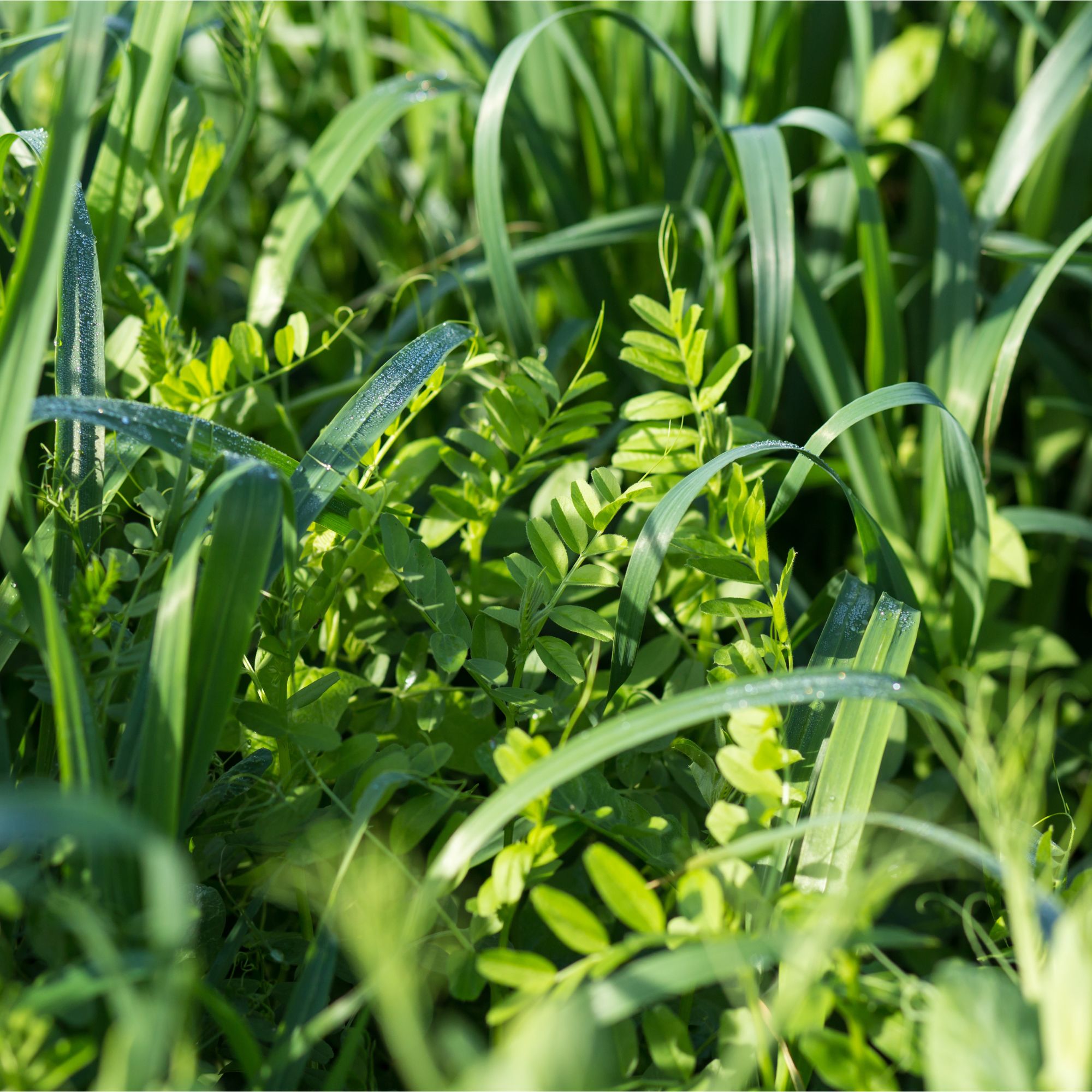
Popular types of green manure include mustard, phacelia, rye and clover. Certain plants provide more of a nitrogen boost than others, though (and you can even leave your pea and bean roots in the soil for the same benefits).
‘Some varieties, like clover or vetch, fix nitrogen in the soil, which is a lovely boost for whatever you plan to grow next,’ says Mark Dwelly, head gardener at Audley Stanbridge Earls. Try Green Manure 'Winter Mix' from Suttons, which includes rye and vetch seeds.
Green manures are really easy to grow, and a brilliant way to prepare raised beds for winter – just sow them on bare soil, wait for them to grow, and then dig the plants into the soil once they’ve matured (but don't let them get woody, or they'll be more difficult to dig back in).
‘Some of these plants, such as alfalfa, trefoil and alsike clover, can be left for up to two years, but the spring after sowing – before they flower – is generally when they’re dug back in,’ says Dan.
You can buy lucerne (alfalfa) seeds at Amazon.
When to sow green manures
So, now we know what green manures are, we need to make sure we’re sowing them at the right time.
‘The best time to sow green manures is late summer to early autumn – sometimes even early spring,’ says Mark. ‘This is so they can grow quickly and enrich the soil before winter arrives, helping to protect the soil from erosion and improve structure.’
So, is it too late at this point in the year? Not exactly – but if you're adding the task to your list of October garden jobs, you’ll need to choose your varieties more carefully ahead of the colder weather.
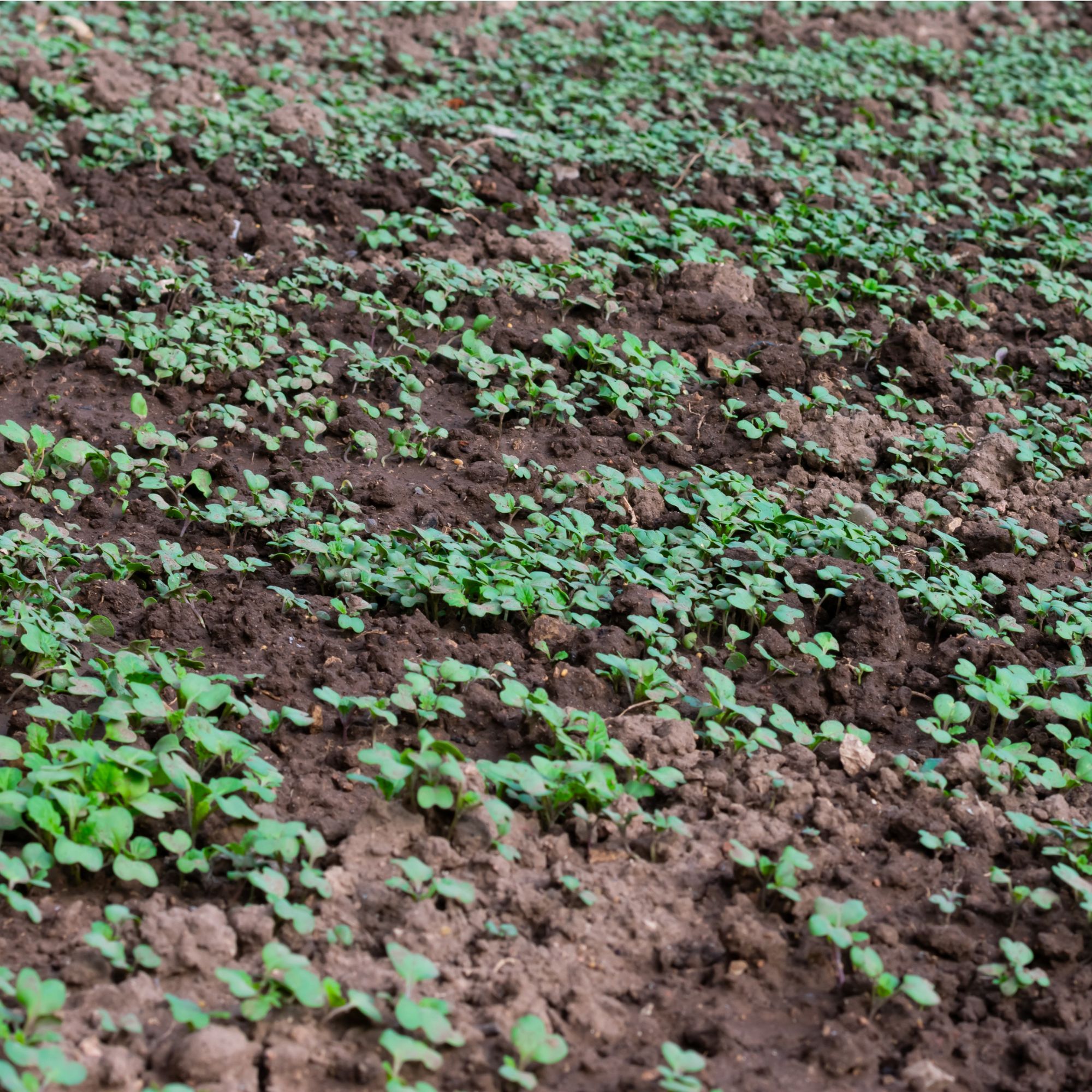
‘At this time of year, it’s all about picking hardy types that will tolerate the cooler weather like rye or mustard,’ advises Mark. ‘As these are tougher plants, they can establish before winter and protect your soil over the colder months.’
It’s safer to sow green manures while the soil isn’t frozen or waterlogged, so Mark suggests we keep an eye on the weather forecast.
‘Winter field bean is one of the best varieties to plant at this time of year, and it has the added benefit of being a nitrogen fixer, in common with all legumes,’ adds Dan from Durston Garden Products.
Sow these green manures now
- Go for these field bean seeds from Premier Seeds Direct, £7.99 for 1kg at Amazon.
- Green Manure 'Grazing Rye' seeds, £1.69 at Thompson & Morgan, are ideal for overwintering.
- Green Manure 'Caliente Mustard' seeds, £4.99 for 58m² at Marshalls Garden, are another great choice.
Which green manures will you be sowing this year?

Sophie joined the Ideal Home team as Gardens Editor in June 2024. After studying English at Royal Holloway, University of London, she began writing for Grow Your Own, which spurred on her love of gardening. She's tried growing almost every vegetable under the sun, and has a soft spot for roses and dinnerplate dahlias.
As Gardens Editor, Sophie's always on the lookout for the latest garden trend. She loves sharing growing hacks for every space, from herbaceous borders to balconies.
You must confirm your public display name before commenting
Please logout and then login again, you will then be prompted to enter your display name.